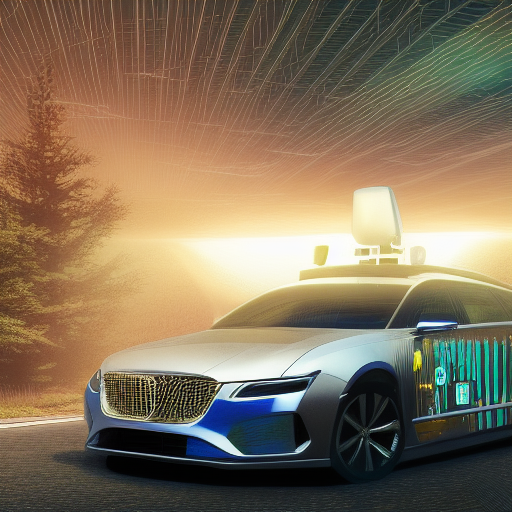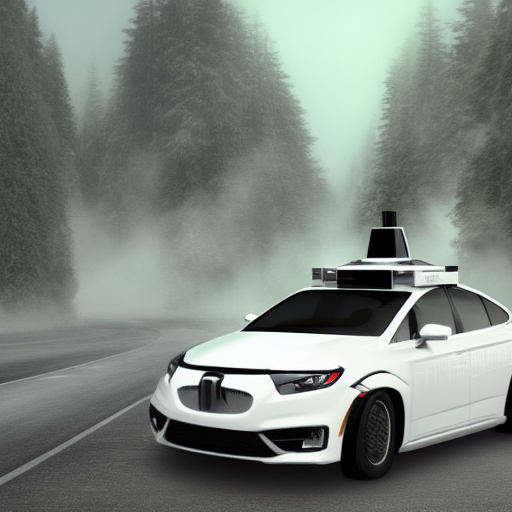
At the end of 2029, I will make an assessment of the total number of 4-wheel cars in the US, whether they be owned or leased by individuals, or whether they are still parts of experimental fleets from self-driving car companies. I will try to determine the total number of such cars that use some form of LIDAR, and if more than half do, this resolves YES. Otherwise, it resolves NO.
Update for detail: What I am going for here is the sort of vehicles that Tesla, Waymo, Cruise etc. are making. Vehicles that are ostensibly designed to drive themselves (even if in terms of software, they might not be able to do that yet with 100% reliability). In terms of the level system, this maps on to about L3 and above.
People are also trading
Easy “Yes” considering the advantages of using multiple methods in tandem - it’s not either/or. Since this question just concerns whether LiDAR will be included in the majority of the baskets of sensing technologies used by self-driving and not whether it’s the predominant or only one used, “Yes” is massively undervalued
@SteveAcomb if I understand correctly, currently automotive lidar market is less than half a million units a year. From the reports I've seen it is expected to grow at about 5-20% a year in revenue, probably slightly more in terms of volume in units. Let's say it will grow at 30%. Then by the end of 2029 about 11 million cars with lidars will have been added. Tesla alone will produce that amount of cars by 2029 without any growth at all (1.8 million*7 years =12.6 million), and they won't use lidars and will be L3-capable (they are already L3-capable even though they are classified as L2 for now).
Please could you clarify the resolution criteria in terms of automation levels?
I believe most L4+ vehicles will use LIDAR.
I believe most L2/3 (which still require a human responsibility) vehicles will not use LIDAR. These are often described as 'self-driving' so there's some potential ambiguity here.
Or in simple terms avoiding jargon I'd state this as "vehicles that can legally drive on public roads without a human occupant" (or similar), is that your intended meaning as well?
@CameronHolmes I think what I am going for here is the sort of vehicles that Tesla, Waymo, Cruise etc. are making. Vehicles that are ostensibly designed to drive themselves (even if in terms of software, they might not be able to do that yet with 100% reliability). Looking at a chart of the levels, this seems like L3, so I'm going to say L3 and above.
@BoltonBailey Thanks for the response, Tesla FSD is (at least currently) L2 so that would be excluded if you draw the line there.
L3 seems a reasonable as current L3 systems (such as Mercedes) do use LiDAR, but I expect by 2029 most L3 systems will probably not require it. Critically L3 systems do require a human driver though.
@Berg Redundancy just does not cover hardware failure. What is some peculiar lighting conditions cause the cameras to not to work (both cameras have failed to detect an object). Having a different technology for sensing in that case results in better redundancy. I absolutely feel LIDAR is needed
@Berg “Why do you need ears, a nose, a tongue, etc. when you already have two eyes?”
what a silly question
@Berg - Yes I would. Such people typically have their brains rewired to have acute sensory perceptions in other areas to compensate.
